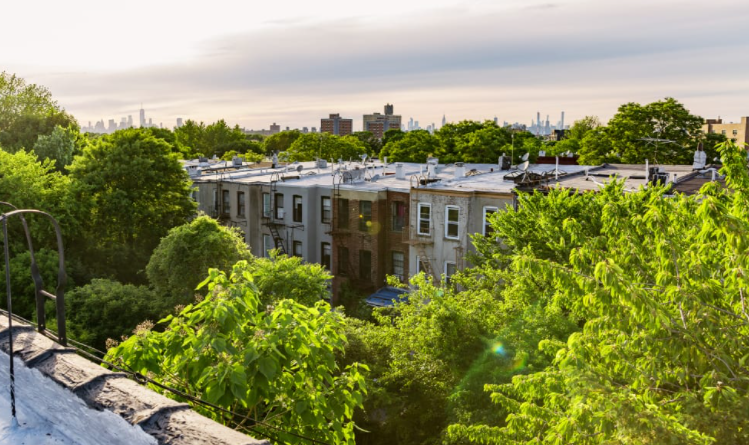
It’s a known fact that all trees suck up carbon dioxide as they grow. (If not, well you know it now.) Were you aware that the type of tree planted and where make a difference in how much carbon it can capture? When companies pay for carbon offsets in the forest, they’re often based on generic estimates that may not quite represent what’s actually growing in an area. This calculation can be very important but difficult to pin down. Well, up until now.
What’s different? IBM has a new tool they’re developing that uses artificial intelligence (AI) to precisely map specific trees and better understand their climate benefit.
So, how does the technology work exactly? It starts with aerial images of trees along lidar data. That’s a 3D model made when a laser that’s mounted on an airplane measures the distance to objects on the ground. What makes this special, according to Campbell Watson, an environmental scientist at IBM, is that “the aircraft flies back and forth over a piece of land,” and gives “very precise estimates of the elevation of different objects.”
Trees appear at “point clouds.” The data itself shows the height of each tree, the size of the crown and even each individual leaf. IBM’s technology then pulls in this data and makes it uniform. This is especially helpful because lidar data is often stored in different formats and is hard to analyze. The technology also makes use of machine learning to compare aerial images to a database of tree types. With the size and species of tree, it’s possible to estimate how much carbon each tree sequesters.
As of the writing of this article, researchers tested a prototype of this tool in Manhattan, a borough of New York City. They figured out the species of each tree and estimated that trees sequester some 52,000 tons of carbon. Although lidar data is not available everywhere, the more detailed data that we have in some cities can help refine the tool so it can use aerial imagery alone in other locations. The hope is that the data collected can provide more security in carbon markets. It should assist city and forest planners figure out where to plant more trees by offering more evidence about which types of trees will grow fastest in a particular area.
Watson notes that, “trees are incredibly sensitive beings – the microclimate, the underlying ecosystem and water availability (in a location) all play a role in the carbon storage capacity of a single tree.” Of course, these characteristics are “difficult to quantify.” However, if this tool can help provide city-wide knowledge about the species of each tree and the amount of carbon they store, “we can, with some confidence, identify the ideal tree species to plant in a given location given the surrounding environment.”
Of course, IBM is not the only company working on a program like this. Some startups are trying to create ways to generate the same estimates of carbon storage in trees. Pachama, for example, uses lidar, satellite images and AI to track the carbon stored in remote forests since some trees grow and others are lost to illegal deforestation and wildfires. Interestingly enough, Microsoft and other companies now buy carbon credits through the Pachama platform. IBM’s tool offers another alternative for tracking carbon in trees. The tool is expected to roll out before the end of this year and will be a part of the company’s Pairs platform, which a suite of free environmental technology.
We hope that this article was enlightening and informative. We appreciate your taking the time to read our blog posts and support our efforts. Thank you – and we’ll ‘see’ you next week.











